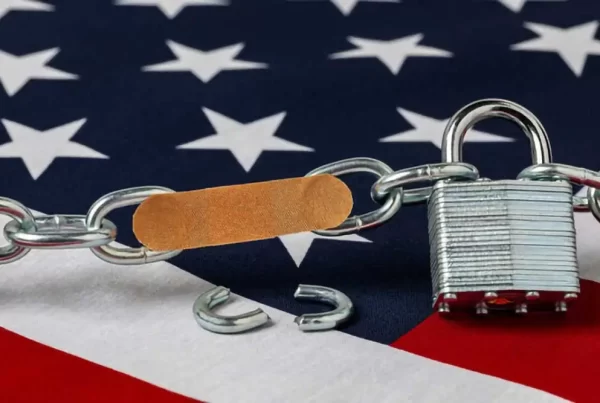In most cases, when I attend a green card interview, the beneficiary interviewee is eligible to adjust status because their most recent entry into the United States was a legal entry, and they are married to a United States Citizen or Legal Permanent Resident.
If this is the case with your upcoming interview, here are a few pointers to help you prepare.
- Review Form I-485, Application to Register Permanent Residence or Adjust Status.
Approximately 70% of the interview will be based on this form (https://www.uscis.gov/i-485). The interviewing USCIS officer will go through all of the questions and answers on the form. Since the filing of the application, many applicants will have moved, traveled, or had another child; so some of the answers on the form will be different. That is OK! Make sure you communicate all of these changes to the interviewing officer. Update your application during the interview. Tell the officer if you have moved. Tell the officer if you have traveled. Tell the officer if you have gotten a speeding ticket, and make sure you prove to them that you paid the fine by giving them original, certified dispositions. Make sure your application is complete and up to date. This will help you in the future when you are getting ready to apply for your citizenship.
- Prepare updated marriage bona fides to take with you to the interview.
The reason you are eligible for a green card is because you have a legal entry into the U.S., are married to a US citizen (USC) or legal permanent resident (LPR), and because you don’t have anything in your history that makes you ineligible. An officer will recommend your application for approval if they can make the determination that your marriage was entered in good faith and not for the purpose of obtaining an immigration benefit. Matter of Laureano delineates the type of evidence that will establish intent at the time of marriage, which includes, “proof that the beneficiary has been listed as the petitioner’s spouse on insurance policies, property leases, income tax forms, or bank accounts; and testimony or other evidence regarding courtship, wedding ceremony, shared residence, and experiences.” 19 I&N Dec. 1 (BIA 1983). Bring originals and copies of all these types of evidence with you to the interview. The copies you can leave with the interviewing officer to add to your file. The originals you can use to show the officer that you live together, share assets and liabilities together, and have shared experiences. Organize these documents before going to the interview. Use binders and tabs and label your documents. Having all of your documents organized makes a good impression on the officer and makes it easy for you to find documents when the officer is asking you for specific items.
- Be prepared to talk about your relationship.
In most cases, talking about the relationship is the other 30% of the interview. I have heard officers ask the following questions during interviews:
- How did you meet?
- What are the names of your spouse’s parents?
- What are the names of your spouse’s siblings?
- Where do your spouse’s siblings live?
- Where are your children right now (as in who is taking care of them or are they at school)?
- What is your spouse’s date of birth?
- What is your spouse’s favorite color?
- What are your spouse’s hobbies?
- What kinds of activities do you do together?
- Tell me about how you proposed (were proposed to)?
- Who attended your wedding?
- What did your spouse have for breakfast this morning?
- Where did your spouse sleep last night?
The interviewing officer has a duty to make a determination of the validity of the marriage, so asking personal questions about the relationship allows them to gauge demeanor, observe your interaction with each other, and see how much you genuinely know about one another.
What to expect on interview day.
You will arrive (early) to the USCIS Field Office. You will present your interview notice and government issued I.D. to the security guards before you walk into the USCIS Field Office. Please wear minimal jewelry, avoid wearing a belt if you can, and ladies try not to wear shoes that are difficult to take off. Security at USCIS Field Offices is very similar to airport security. You will then walk over to the check-in desk. At the check-in desk, your interview notice will be scanned and the officers at the desk will again review your I.D. You will then be asked to go to a waiting room. Some Field Offices issue you a ticket with a number that will be called by the interviewing officer. Other Field Offices just call you by name. Regardless, take this opportunity to use the restroom or get a sip of water. Use the waiting time to review Form I-485. Once you walk into the office with the interviewing officer, remain standing. The officer will ask both of you (beneficiary and petitioner) to raise your right hand and swear to tell the whole truth and nothing but the truth. If you have an interpreter, your interpreter will be sworn in as well. You will be asked to sit and then you will have your photo and fingerprints taken. Once all of this is complete, the interview will begin. Most questions will be geared towards the beneficiary, but officers will in many cases direct some questions to the petitioner.





